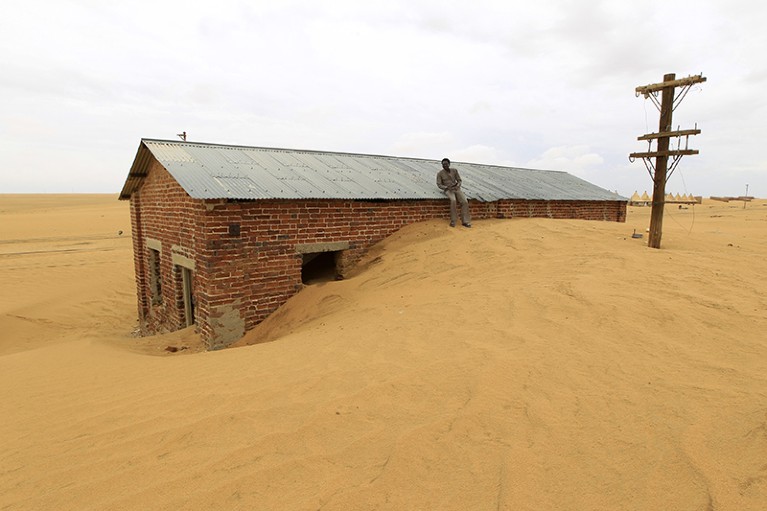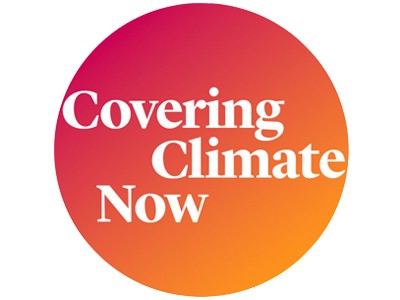
The relationship between climate and dust storms is not well understood, according to the Intergovernmental Panel on Climate Change.Credit: Mohamed Nureldin Abdallah/Reuters
A decade from now, up to 700 million people will be compelled to leave their homes because they will not have enough water, the United Nations estimates. This is a staggering figure. And yet, as Nature reports, drought is relatively under-researched.
The area is so neglected that scientists from Africa last week urged the UN to provide more support for early-warning systems to improve predictions of when a drought might be imminent. This call must be heeded. The Intergovernmental Panel on Climate Change (IPCC) warned last month that the number of droughts in dryland regions has been increasing since 1961. Two years ago, a drought across Africa and the Middle East brought 20 million people close to starvation.
Why Nature joined the Covering Climate Now initiative
But there is no independent, systematic body of research to show when droughts are likely to strike, for how long, and what their impact is likely to be. A review of the drought literature, published in July, revealed that ecologists have not yet agreed on a precise definition of the phenomenon (I. J. Slette et al. Glob. Change Biol. 25, 3193–3200; 2019).
There are several reasons that drought is poorly researched — and each boils down to choices made by funders and policymakers.
When world leaders gathered in Rio de Janeiro, Brazil, in 1992 for the Earth Summit, they opened for signature three international agreements, two of which addressed climate change and biodiversity loss. The third was the UN Convention to Combat Desertification (UNCCD) — and last week in New Delhi its member states completed their 14th annual conference, 25 years after the convention was adopted.
The UNCCD was agreed at the request of delegates from African countries, who sought better understanding of droughts — and global action against them — to prevent repetition of the devastating dry periods of the 1970s.
But as non-governmental organizations, such as the Centre for Science and Environment in New Delhi, have repeatedly pointed out, the promise made at this convention was never fulfilled. This was partly because funding for efforts to combat desertification never matched that for biodiversity and for climate, and partly because of the absence of an influential scientific advisory mechanism.
The Global Environment Facility is the official funder for each of the three UN conventions. Activities focused on climate and biodiversity attracted more than US$3 billion together in 2014–18. By contrast, funding for action to combat land degradation (including drought) for the UNCCD was $431 million between July 2017 and June 2019.
At the same time, the UN conventions on climate and (eventually) biodiversity have had years of access to independent scientific advice — in the shape of the IPCC and its counterpart for biodiversity, the Intergovernmental Science-Policy Platform for Biodiversity and Ecosystem Services. The IPCC’s reports especially have been central to legally binding agreements such as the Kyoto Protocol to reduce greenhouse-gas emissions. But there is no analogous scientific network for land degradation and drought.
As the world gears up for the UN climate summit in New York City on 23 September, the call of scientists from African countries for better research advice needs to be answered. Too many countries are facing a hotter, drier future. The drought in drought research must end

 African nations push UN to improve drought research
African nations push UN to improve drought research
 Teenage activists and an IPCC triumph
Teenage activists and an IPCC triumph







